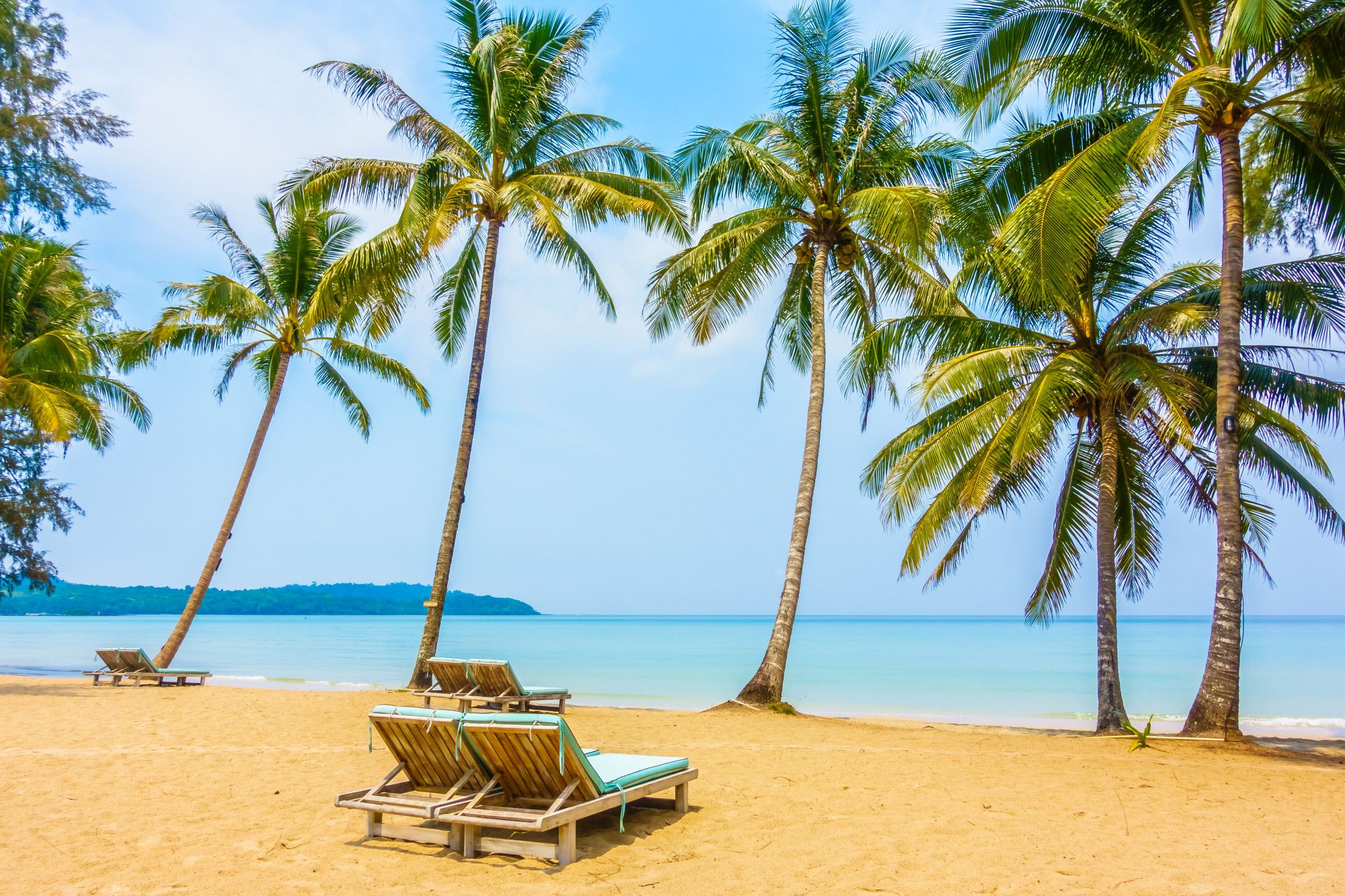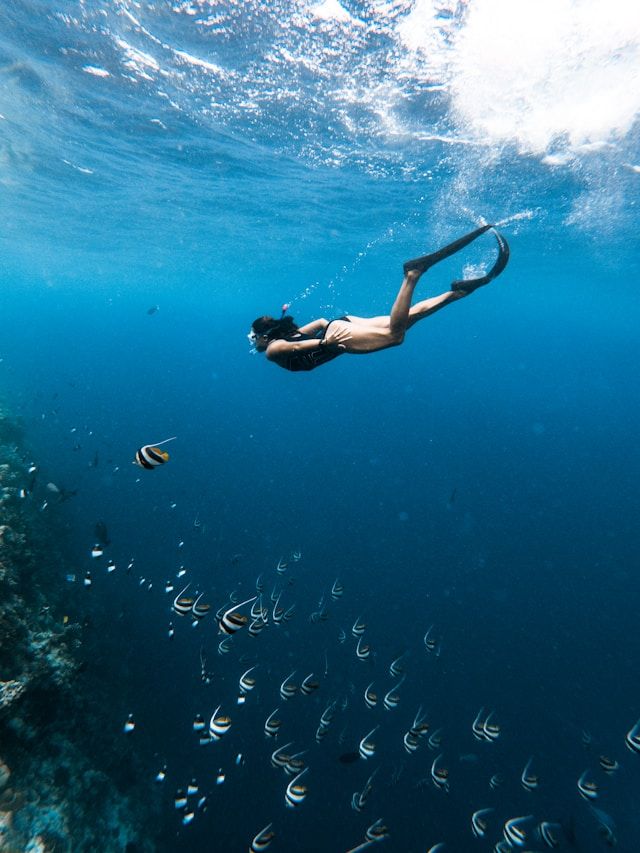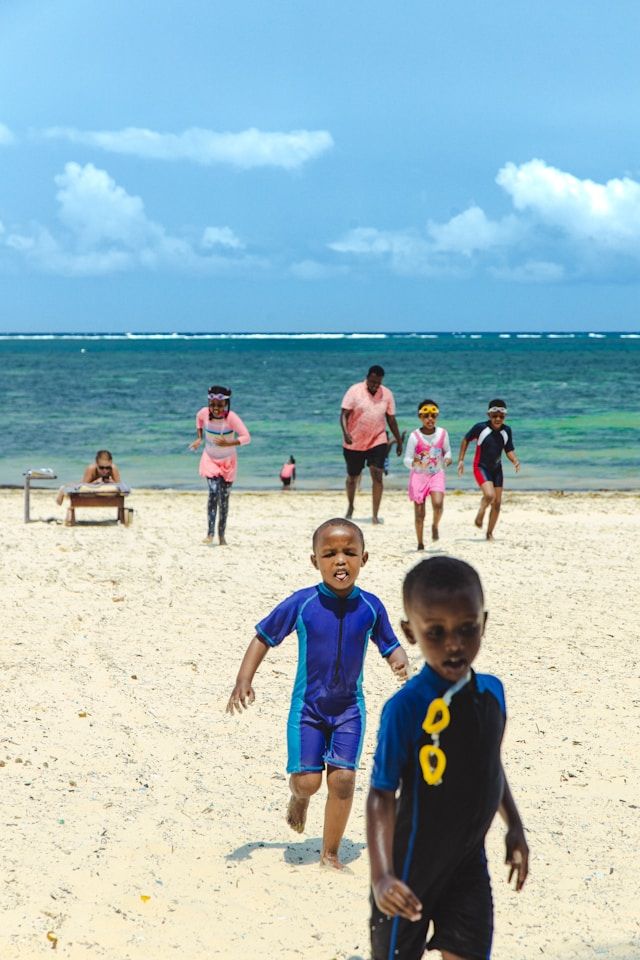
Ultimate Coastal Escape: Beaches of Kenya's Indian Ocean
1 min readKenya's Indian Ocean coastline stretches for over 480 kilometers, offering some of the most pristine and diverse beach experiences in East Africa. From the powdery white sands of Diani to the historic charm of Lamu, Kenya's beaches provide the perfect blend of relaxation, adventure, and cultural immersion.
What’s contained in this guide
- The Crown Jewels of Kenya's Coastline
- Diani Beach: The Pearl of the Indian Ocean
- Watamu Beach: A Marine Paradise
- Malindi Beach: Where History Meets Paradise
- Kilifi Beach: Tranquil Luxury
- Marine Conservation and Eco-Tourism
- Planning Your Coastal Adventure
- Best Time to Visit
- Getting There
- Accommodation Options
- Cultural Experiences Beyond the Beach
- Water Sports and Activities
- Conservation and Responsible Tourism
The Crown Jewels of Kenya's Coastline
Diani Beach: The Pearl of the Indian Ocean
Diani Beach consistently ranks among the world's best beaches, and for good reason. Located 30 kilometers south of Mombasa, this 17-kilometer stretch of pristine white sand is bordered by swaying coconut palms and crystal-clear turquoise waters. The beach offers excellent swimming conditions year-round, with gentle waves perfect for families and water sports enthusiasts alike.
The coral reef just offshore creates a natural barrier, ensuring calm waters while providing exceptional snorkeling and diving opportunities. Visitors can explore vibrant coral gardens teeming with tropical fish, sea turtles, and dolphins that frequently grace these waters.
Watamu Beach: A Marine Paradise
Watamu Beach, part of the Watamu Marine National Park, represents one of Kenya's most important marine conservation areas. The beach features three stunning bays - Watamu Bay, Blue Bay, and Turtle Bay - each offering unique experiences for visitors.
The area is renowned for its coral reefs, which are among the most pristine on the East African coast. These reefs support an incredible diversity of marine life, making Watamu a premier destination for snorkeling and diving. The beach is also a crucial nesting site for sea turtles, with conservation efforts helping protect these magnificent creatures.
Malindi Beach: Where History Meets Paradise
Malindi combines stunning beaches with rich historical significance. This ancient port town has welcomed traders, explorers, and travelers for centuries, creating a unique cultural tapestry that enhances the beach experience.
The beach itself offers excellent swimming and water sports opportunities, while the nearby Malindi Marine National Park protects important coral reefs and marine ecosystems. Visitors can explore the historic town center, visit the Vasco da Gama Pillar, and experience the blend of Swahili, Arab, and Portuguese influences that define this coastal gem.
Kilifi Beach: Tranquil Luxury
Kilifi Beach offers a more secluded and upscale beach experience. Located along Kilifi Creek, this area combines ocean beaches with peaceful creek waters, creating diverse aquatic environments perfect for various activities.
The beach is known for its luxury resorts and boutique accommodations, making it ideal for those seeking a more exclusive coastal experience. The nearby Arabuko Sokoke Forest adds an element of adventure, allowing visitors to combine beach relaxation with forest exploration.


Marine Conservation and Eco-Tourism
Kenya's Indian Ocean coast is home to several marine national parks and reserves that protect crucial ecosystems while providing sustainable tourism opportunities. These protected areas ensure that future generations can enjoy the same pristine beaches and diverse marine life that visitors experience today.
The Malindi-Watamu Marine National Parks complex protects over 200 square kilometers of ocean, including coral reefs, seagrass beds, and mangrove forests. These ecosystems support over 600 fish species, sea turtles, dolphins, and various seabirds.
Planning Your Coastal Adventure
Best Time to Visit
Kenya's coast enjoys a tropical climate with two main seasons. The dry seasons (December to March and July to October) offer the best beach weather, with sunny skies and minimal rainfall. The long dry season from December to March coincides with peak tourist season, offering excellent conditions but higher prices.
Getting There
Most international visitors fly into Jomo Kenyatta International Airport in Nairobi, then take a connecting flight to Mombasa's Moi International Airport. Alternatively, direct charter flights serve smaller coastal airstrips, while road transport from Nairobi takes approximately 5-6 hours.
Accommodation Options
Kenya's coast offers accommodation for every budget and preference. Luxury beach resorts provide all-inclusive experiences with world-class amenities, while boutique hotels offer intimate, personalized service. Budget-conscious travelers can find comfortable guesthouses and backpacker accommodations near major beaches.
Cultural Experiences Beyond the Beach
The Kenyan coast offers rich cultural experiences that complement beach activities. Visitors can explore Swahili architecture in Mombasa's Old Town, visit traditional dhow building yards, experience local cuisine featuring fresh seafood and Swahili spices, and participate in cultural tours that showcase the area's diverse heritage.
Water Sports and Activities
Kenya's beaches cater to all activity levels. Snorkeling and diving reveal underwater worlds of coral reefs and marine life. Deep-sea fishing offers opportunities to catch marlin, sailfish, and other game fish. Kitesurfing and windsurfing take advantage of consistent trade winds, while traditional dhow sailing provides a peaceful way to explore the coastline.
Conservation and Responsible Tourism
Visiting Kenya's beaches comes with the responsibility to protect these pristine environments. Visitors should choose eco-friendly accommodations, respect marine protected areas, support local conservation efforts, and practice responsible snorkeling and diving to avoid damaging coral reefs.
Kenya's Indian Ocean beaches offer more than just sun and sand - they provide gateways to marine adventures, cultural discoveries, and conservation experiences that create lasting memories while supporting local communities and environmental protection.